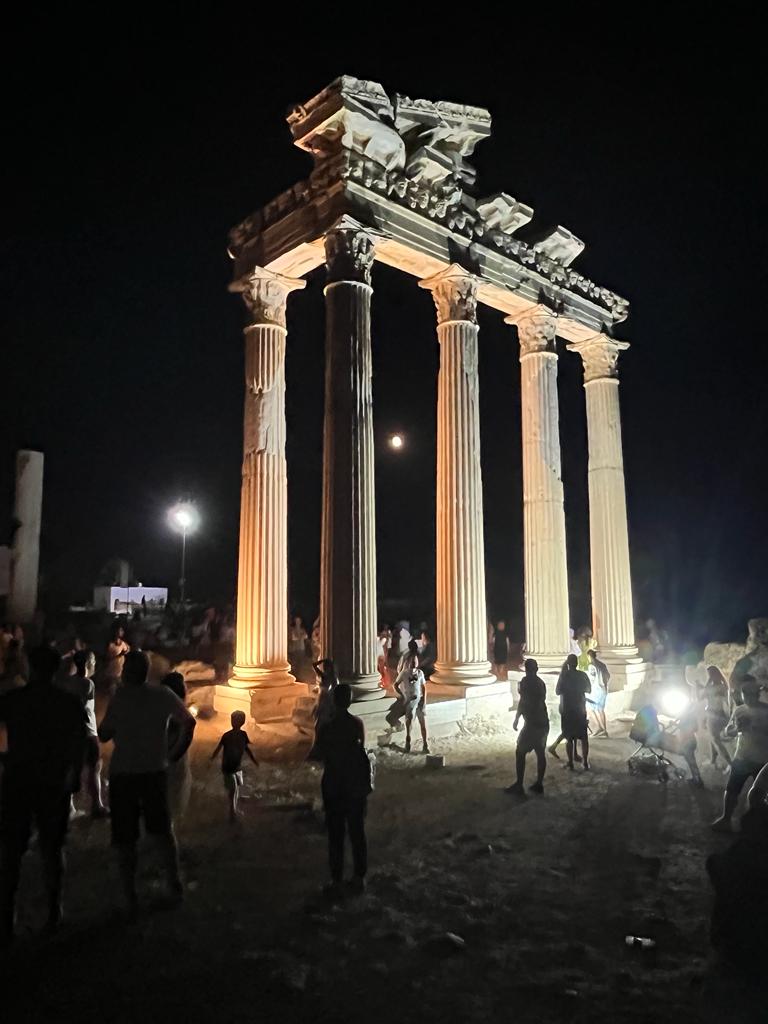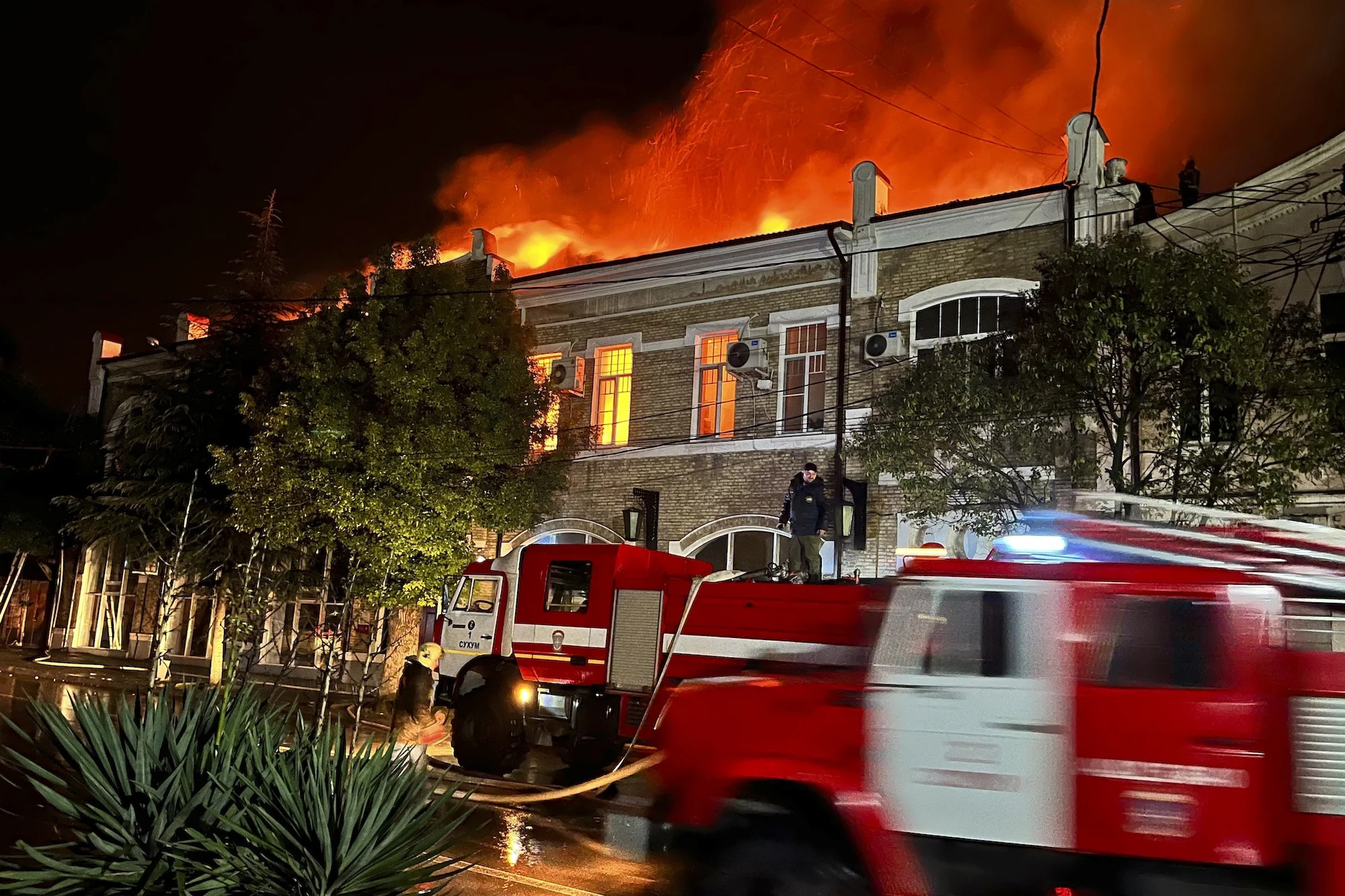The restoration of the Temple of Athena, which commenced two years ago due to the inappropriate use of the ruins as the entrance to a nightclub, is nearing completion and is set to conclude in 2024 in the ancient city of Side.
The Roman-era temples of Apollo and Athena, constructed in the 150s A.D. in the Manavgat district’s ancient city of Side in Antalya province, have evolved into a thriving tourism hub attracting thousands of local and international visitors.
On May 2, 2022, a nightclub named Apollo was inaugurated on private property adjacent to the temple area. The historic ruins in the vicinity, where ongoing excavations were supervised by Anadolu University Faculty Member Professor Feriştah Alanyalı on behalf of the Side Museum Directorate, were utilized as the entrance to the entertainment venue.
Following public outrage and a criminal complaint filed by Side Museum Directorate against the nightclub operator for the improper use of the historical site, the Culture and Tourism Ministry intervened to protect and restore the Temple of Athena. A restoration tender was initiated by the General Directorate of Cultural Heritage and Museums, leading to excavation work overseen by the Antalya Survey and Monuments Directorate.
Within the excavation scope, numbered column and pedestal pieces of the Temple of Athena were meticulously collected and relocated to the inner temple area. The original pedestals were reinstated, and missing ones were replaced with marble pedestals in harmony with the temple’s original structure.
To reinforce and safeguard the four existing columns, a steel structure was employed, and the 26 incomplete columns are scheduled for replacement in their original positions.
The restoration project of the Temple of Athena is projected to conclude by the end of 2024 or the following year, with plans to open it to visitors. Concurrently, restoration efforts have been initiated in the nearby AA Basilica. Upon completion of these endeavors, the Apollon, Athena, and AA Basilicas will be unveiled to tourists, marking the revival of these ancient structures.









